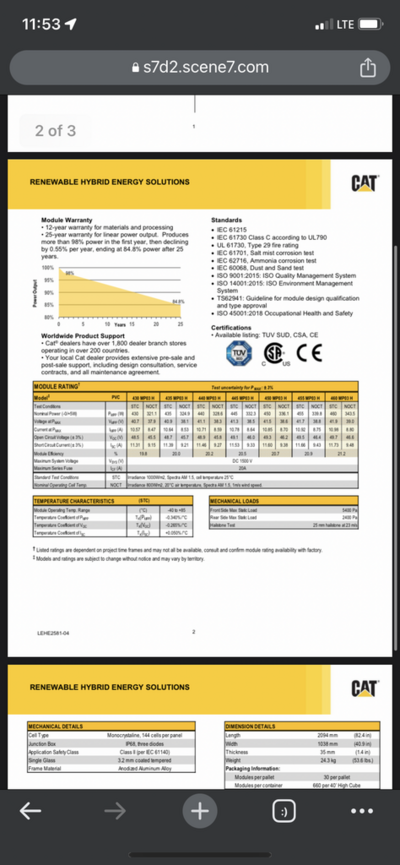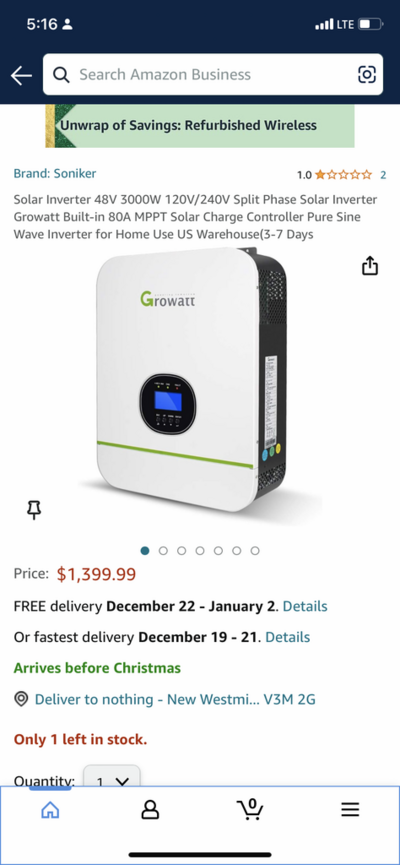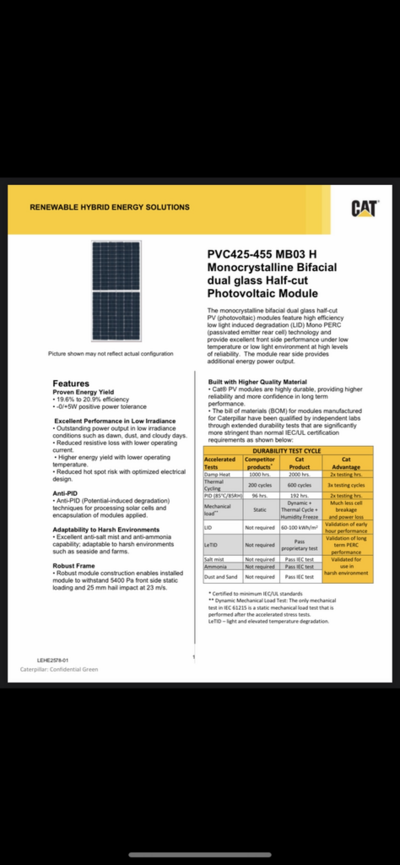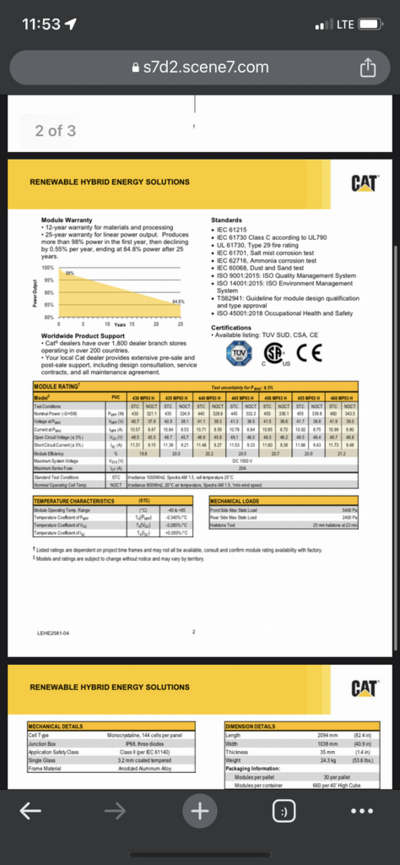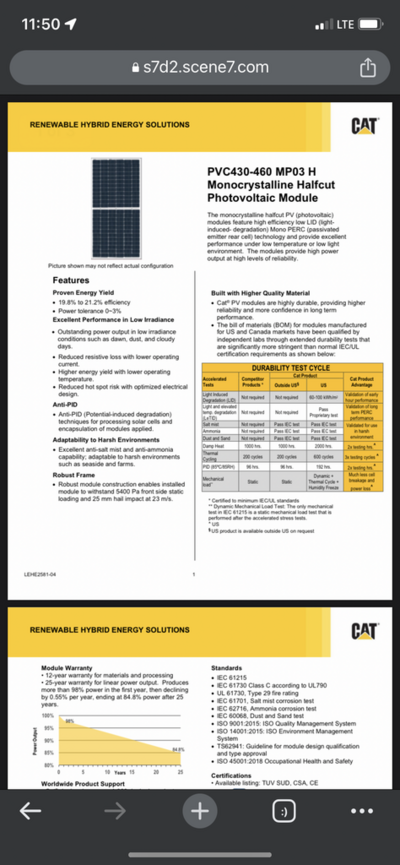benneufeld
Active member
hello i recently just purchased a renogy 100amp rover charge controller.
the controller is wired in parallel with two 455 watt panels. everything seems to be working fine. however the display screen tells me it is charging with 30w of power not at a total of 600+watts (which is around 330w/panel as each panel has a nominal power rating of 339w on a cloudy day nevermind a sunny day)
can anyone tell me what i did wrong or how i can wire this properly, thanks the help is much appreciated.
photos of the controller and panel ratings are attached below.
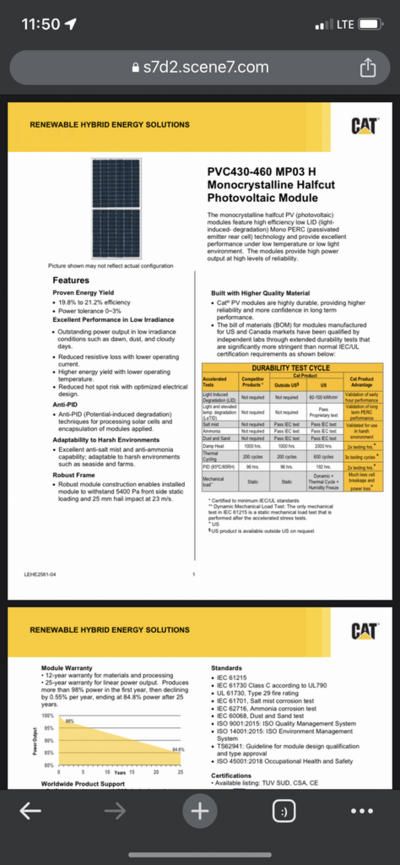
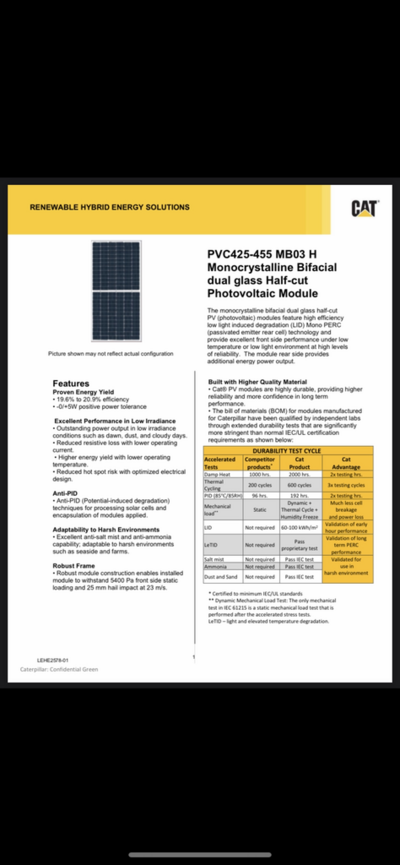
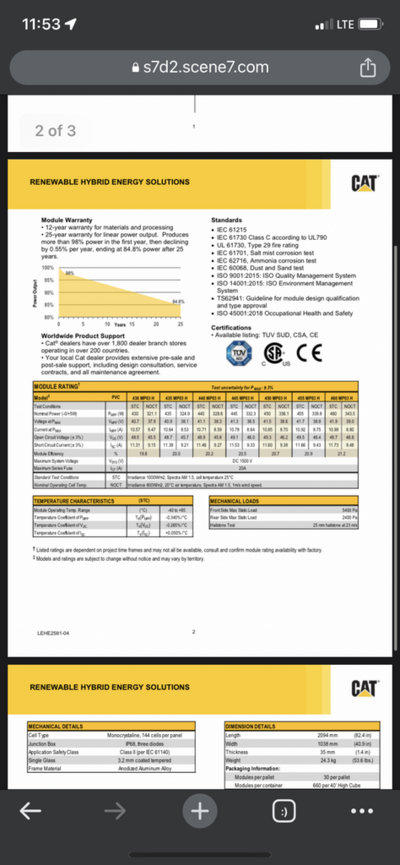
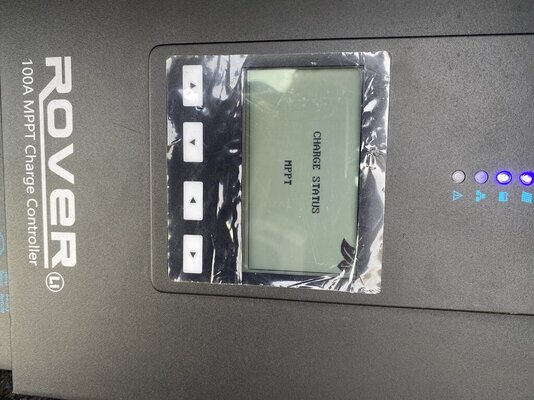
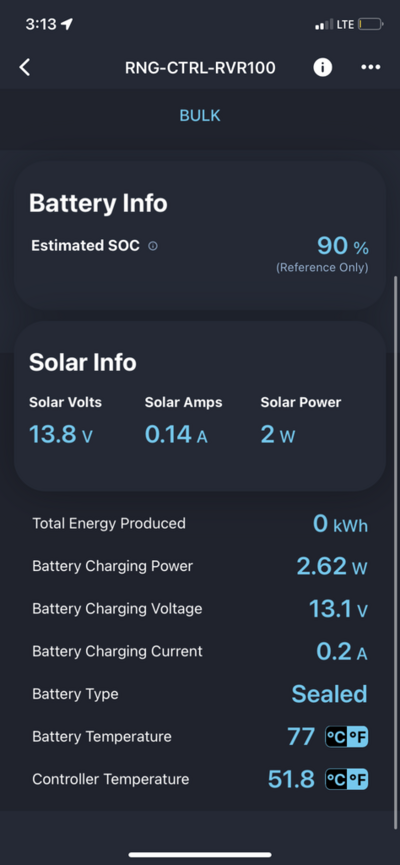
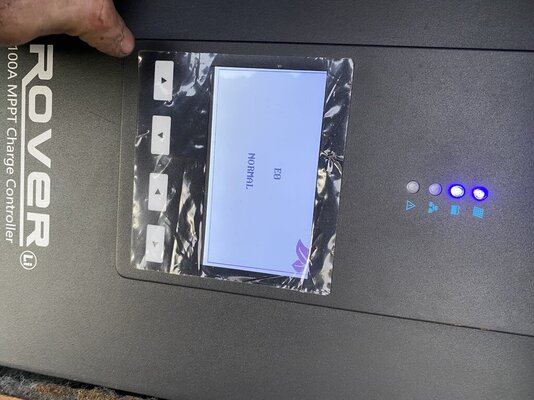
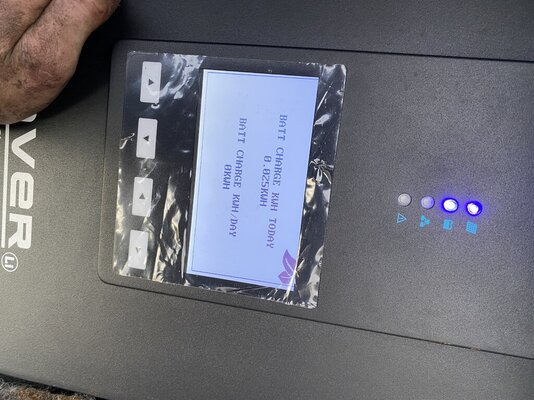
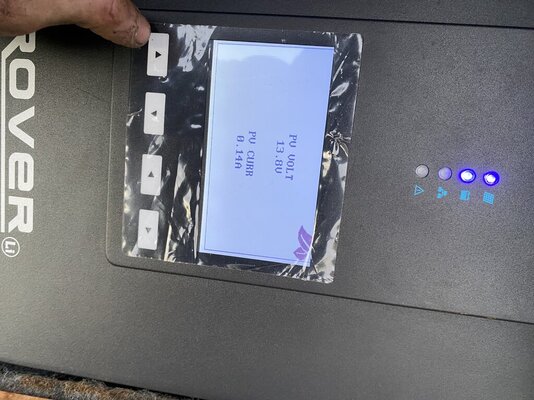
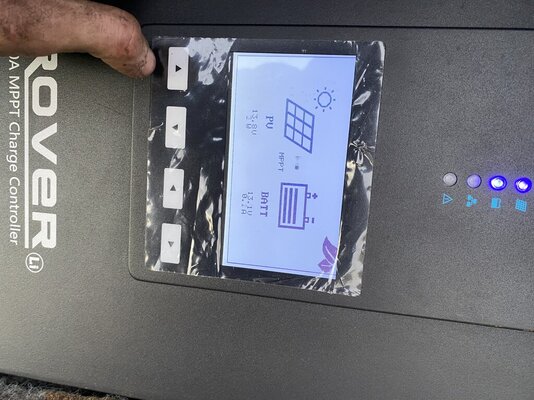
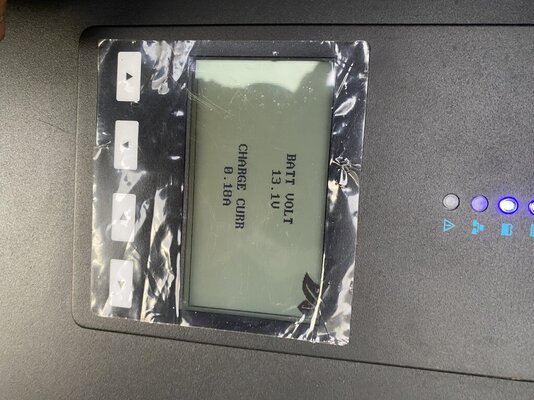
the controller is wired in parallel with two 455 watt panels. everything seems to be working fine. however the display screen tells me it is charging with 30w of power not at a total of 600+watts (which is around 330w/panel as each panel has a nominal power rating of 339w on a cloudy day nevermind a sunny day)
can anyone tell me what i did wrong or how i can wire this properly, thanks the help is much appreciated.
photos of the controller and panel ratings are attached below.











